Alfresco Exploits
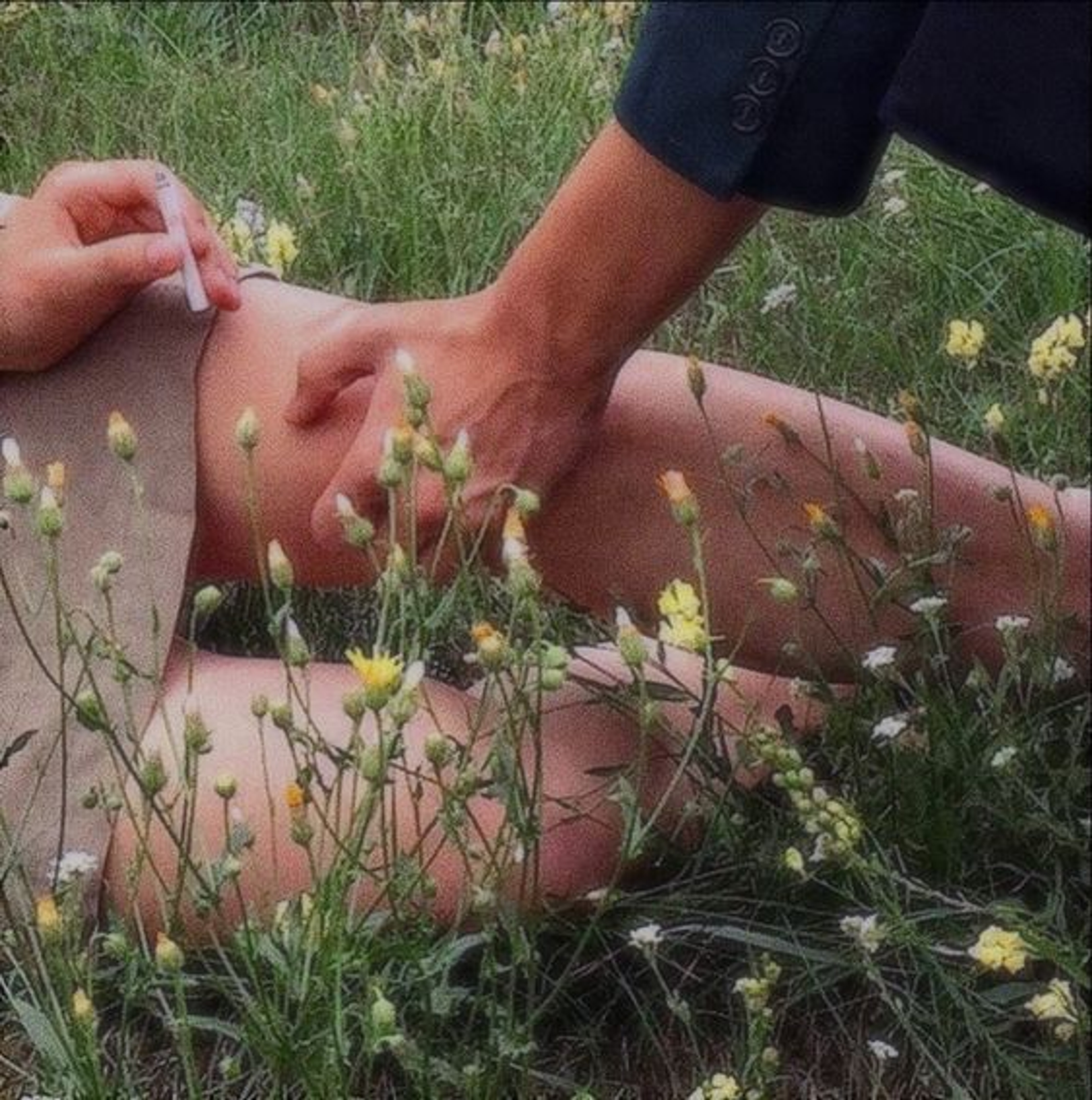
A Literary Guide
Though our fragrances are inspired by books, they are also original creations in their own rights. We took the fragments of text that appealed to our senses and spun them into new imaginary worlds.
Catherine Millet's erotic memoir, La Vie Sexuelle De Catherine M, catalogues her sexual life in uncompromising detail. But, as sensualists, the parts that captured us most were descriptions of anonymous encounters in the sprawling green spaces of the Bois de Boulogne. These stories evoked the fresh but dirty green scents of grass and midnight dew, paired with the musk of bodies mingling.
Alfresco lovemaking implies being carried away, acting with abandon and answering to the call of hedonism. There's also an ecosexual element, being turned on by nature itself, the feel of grass, sand, mud or bark next to one's skin.
While in many places, getting caught having sex outdoors could result in criminalisation, enjoying it vicariously through literature, film and visual art carries no such risk. Here are some of our favourite examples, collected in a commonplace book of quotes, images and fragments.

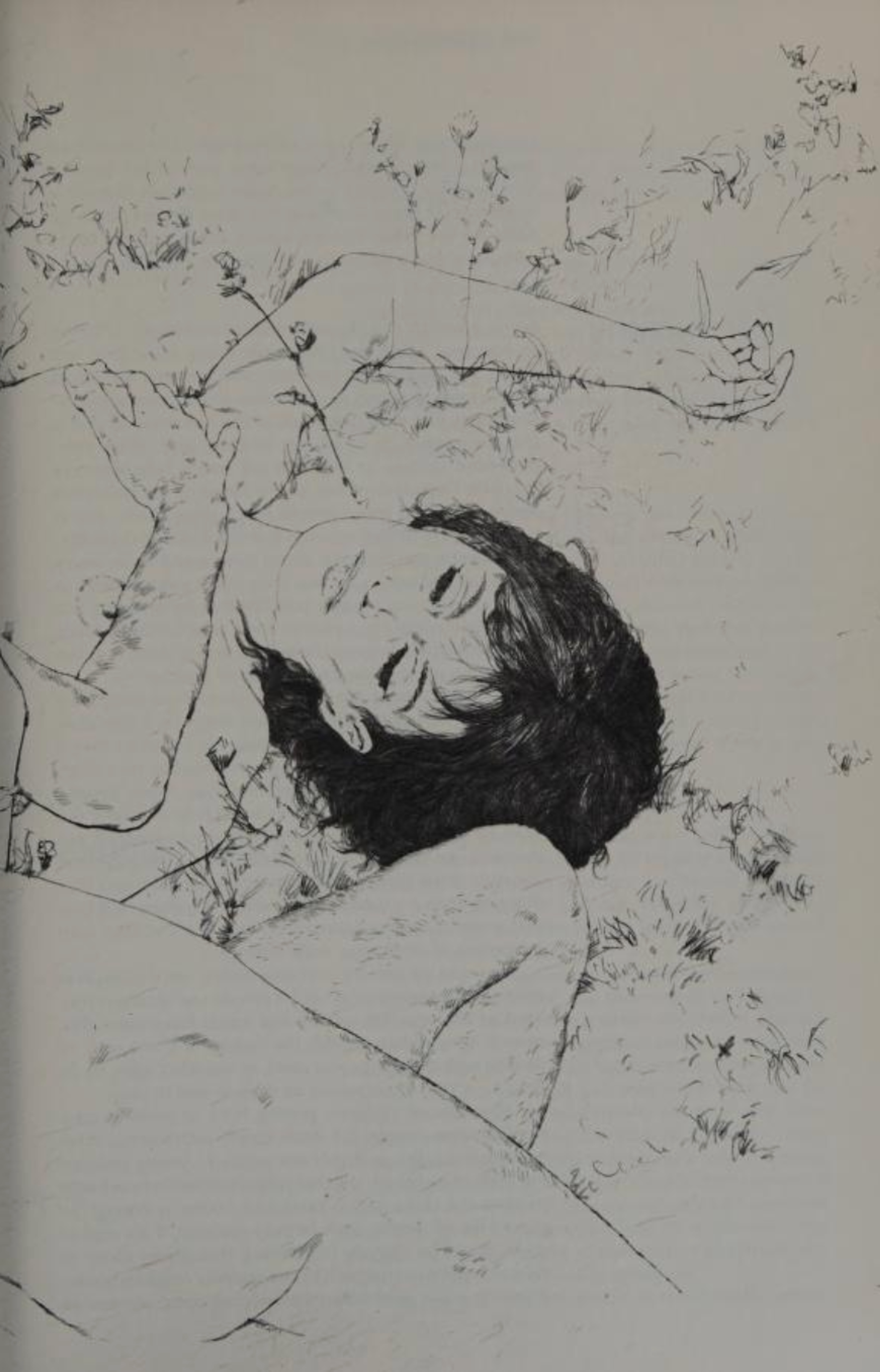
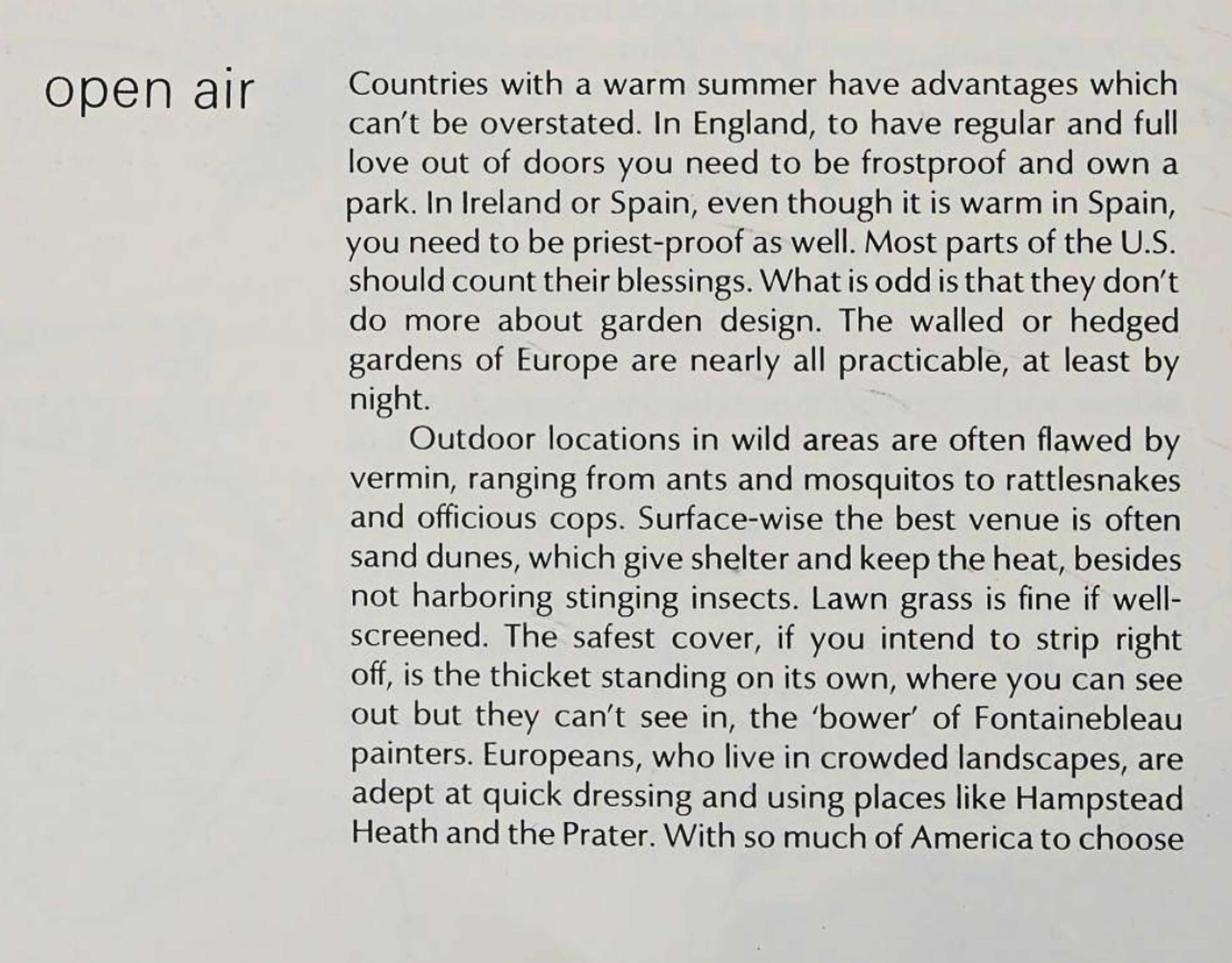
"Enthusiastic larks one gets lost in, like stripping right off or tying each other to trees, call for very remote areas or a walled garden."
When D.H. Lawrence published Women in Love in 1920, an early review stated, "I do not claim to be a literary critic, but I know dirt when I smell it, and here is dirt in heaps – festering, putrid heaps which smell to high Heaven." Perhaps that's because both the book and the 1969 film by Ken Russell are packed with scenes of charcters communing erotically with nature, rolling in grass, leaves and mud, both alone, and with lovers.
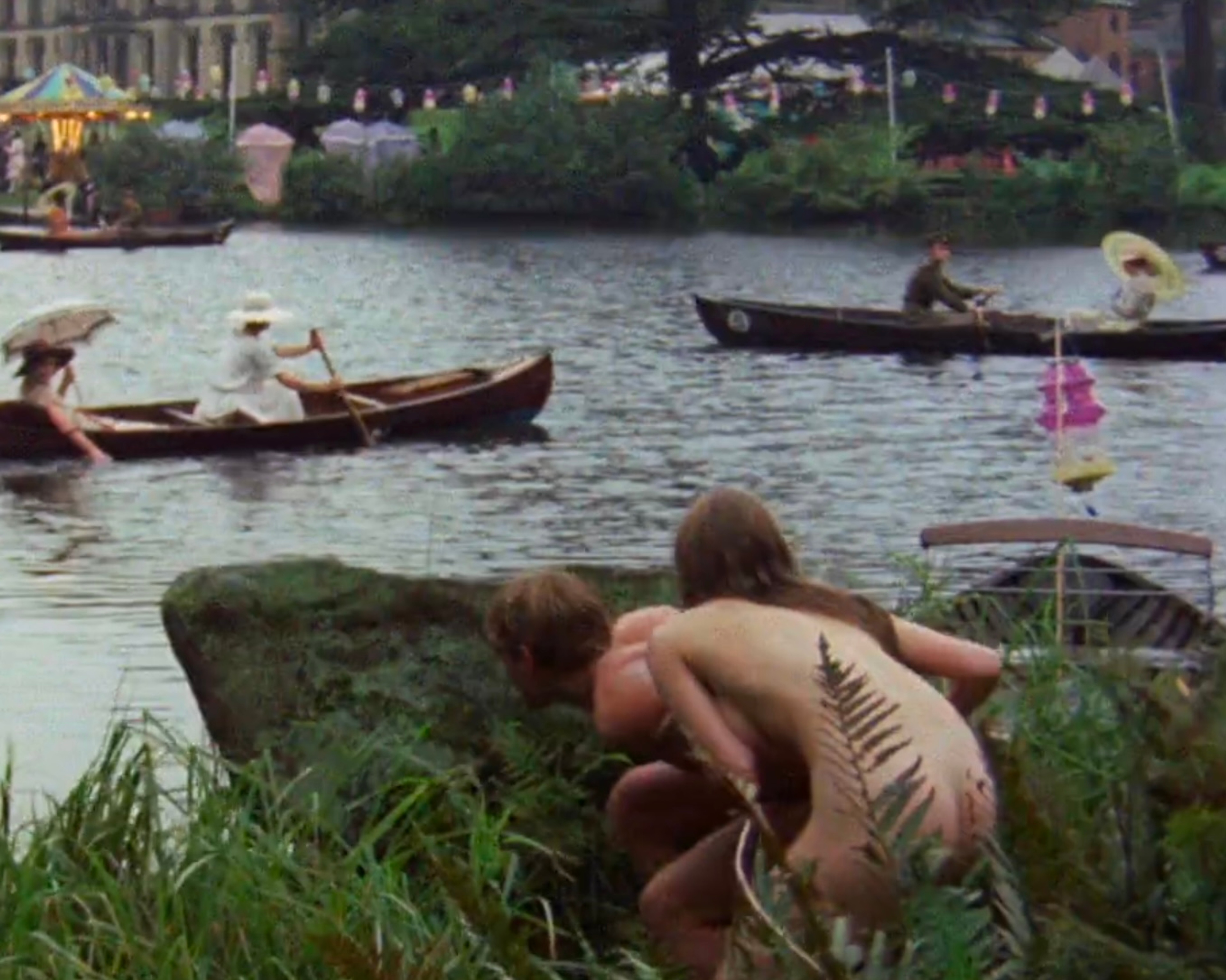
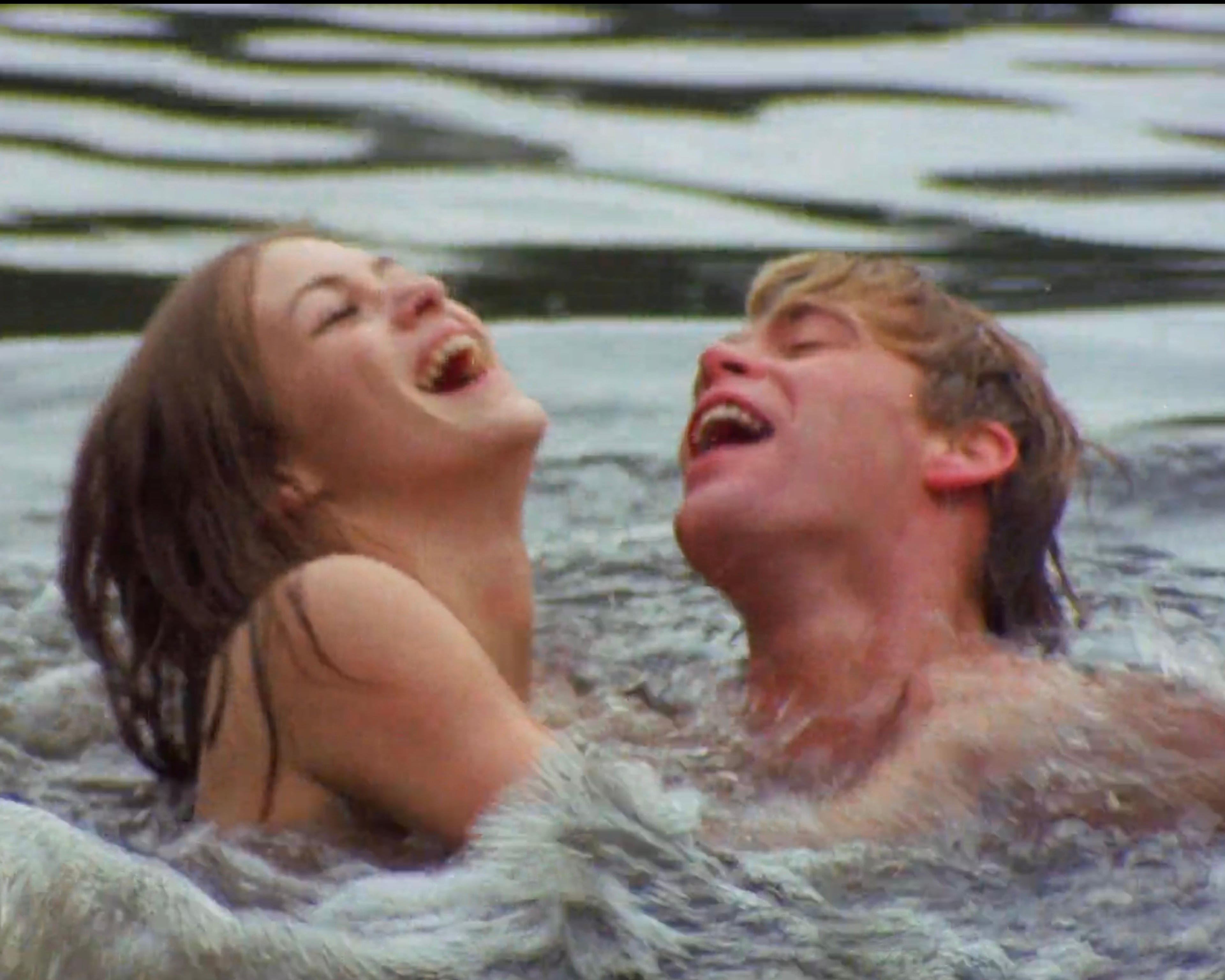
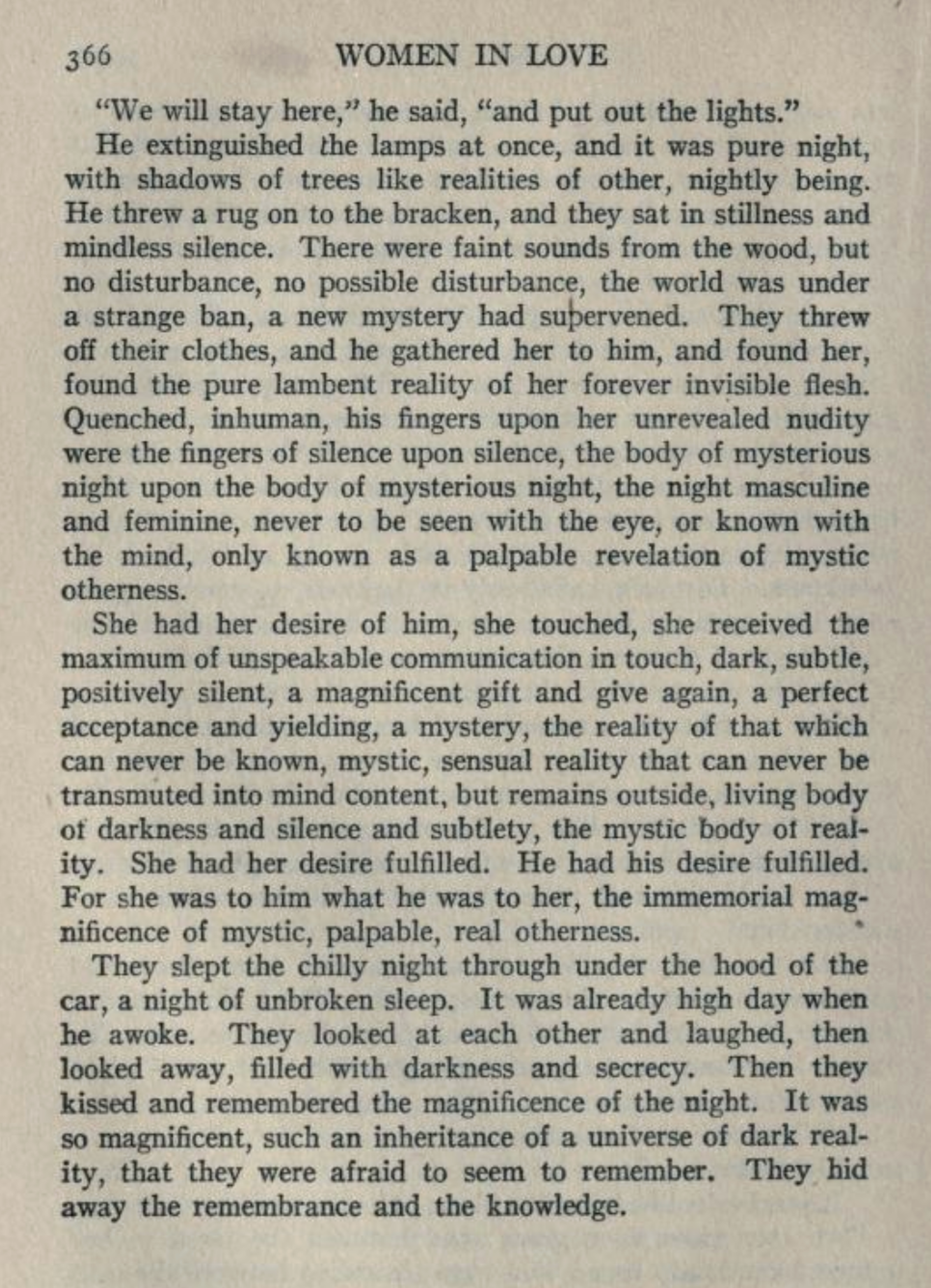
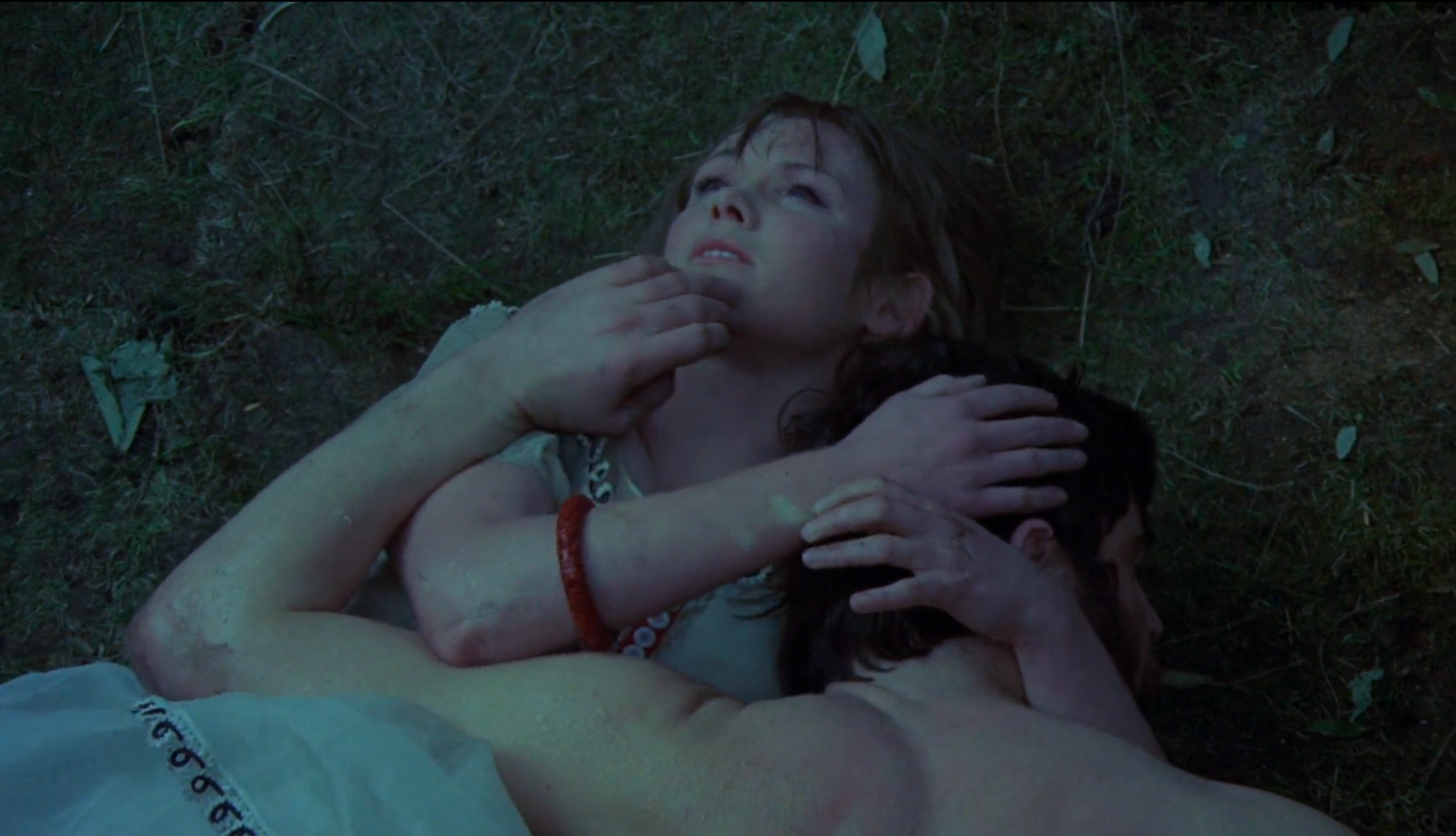
"To lie down and roll in the sticky, cool young hyacinths, to lie on one's belly and cover one's back with handfuls of fine, wet grass, soft as a breath, soft and more delicate and more beautiful than the touch of any woman; and then to sting one's thigh against the living dark bristles of the fir-boughs; and then to feel the light whip of the hazel on one's shoulders, stinging..."
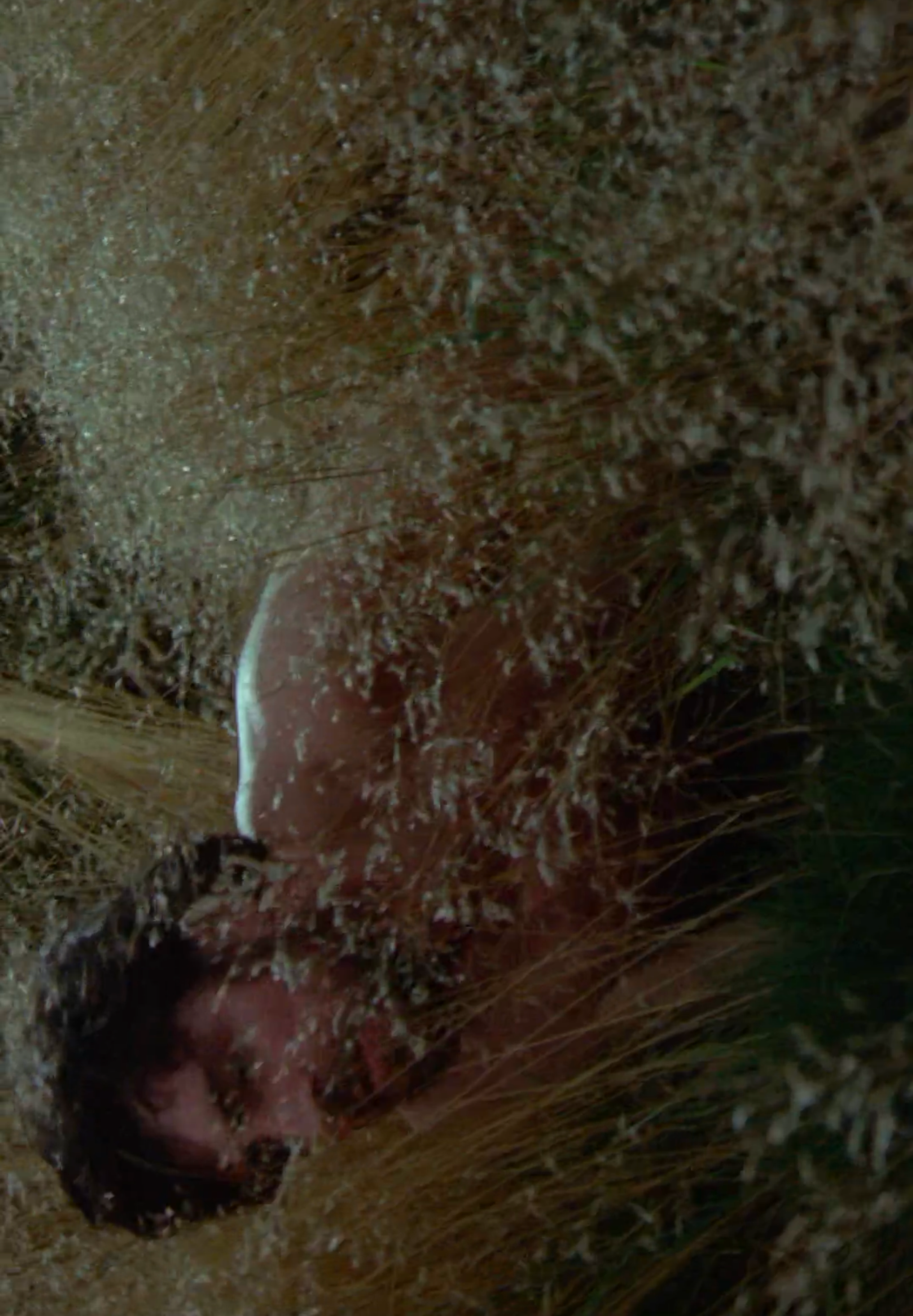
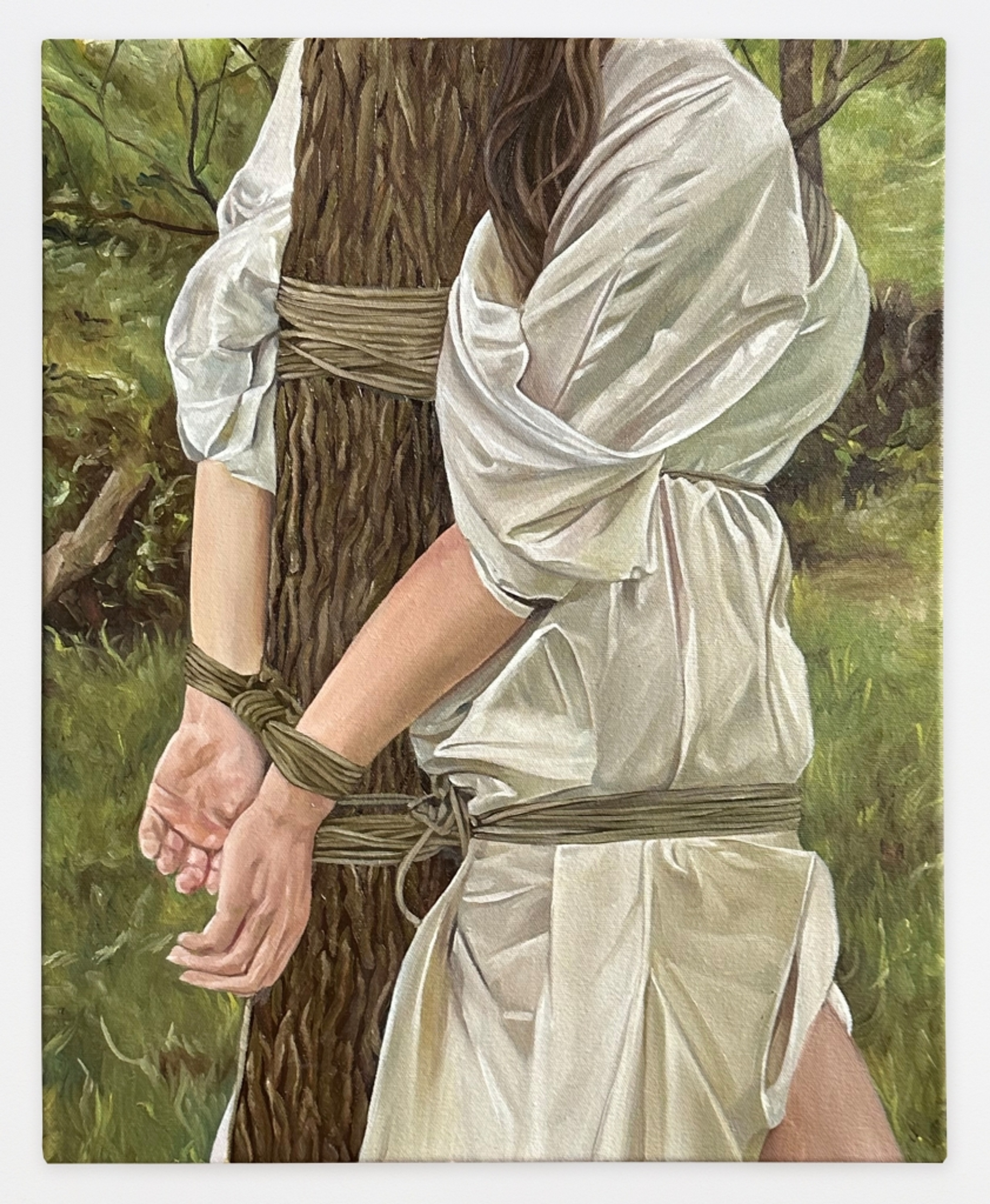
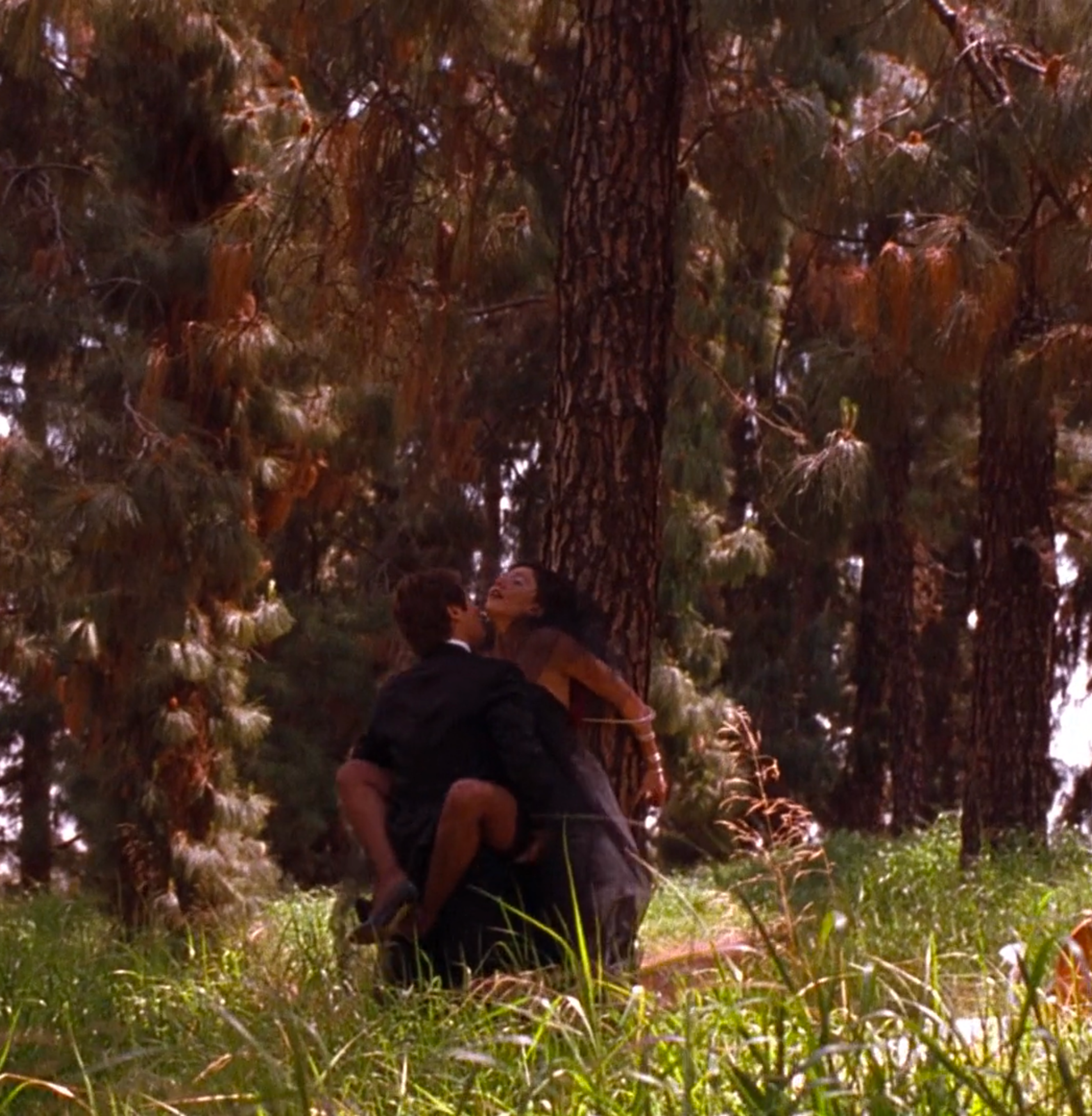
"Perhaps the tipping point into unconsciousness known as the petite mort is felt more keenly when bodies are in contact with the earth, teeming with invisible life and in which everything is buried."
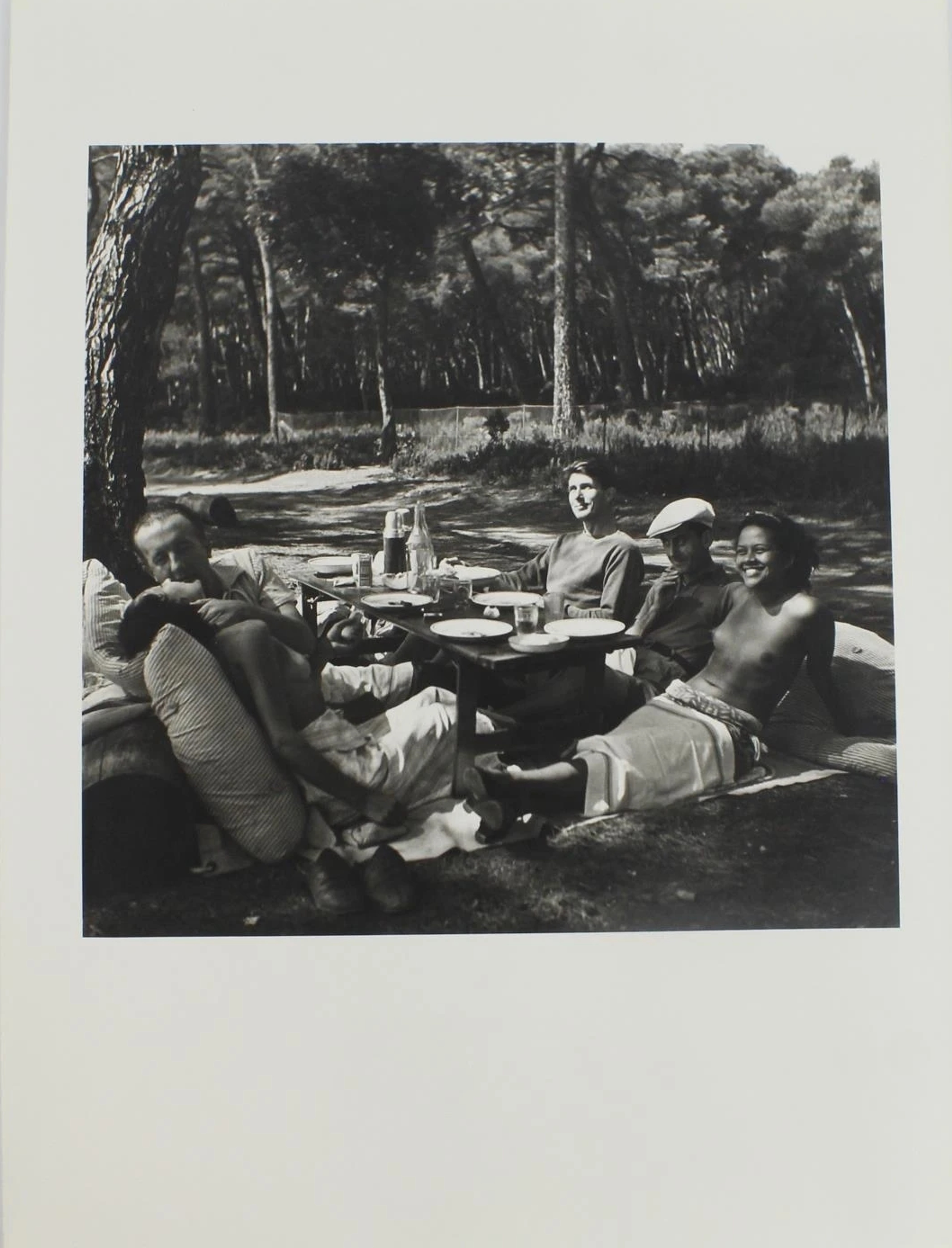
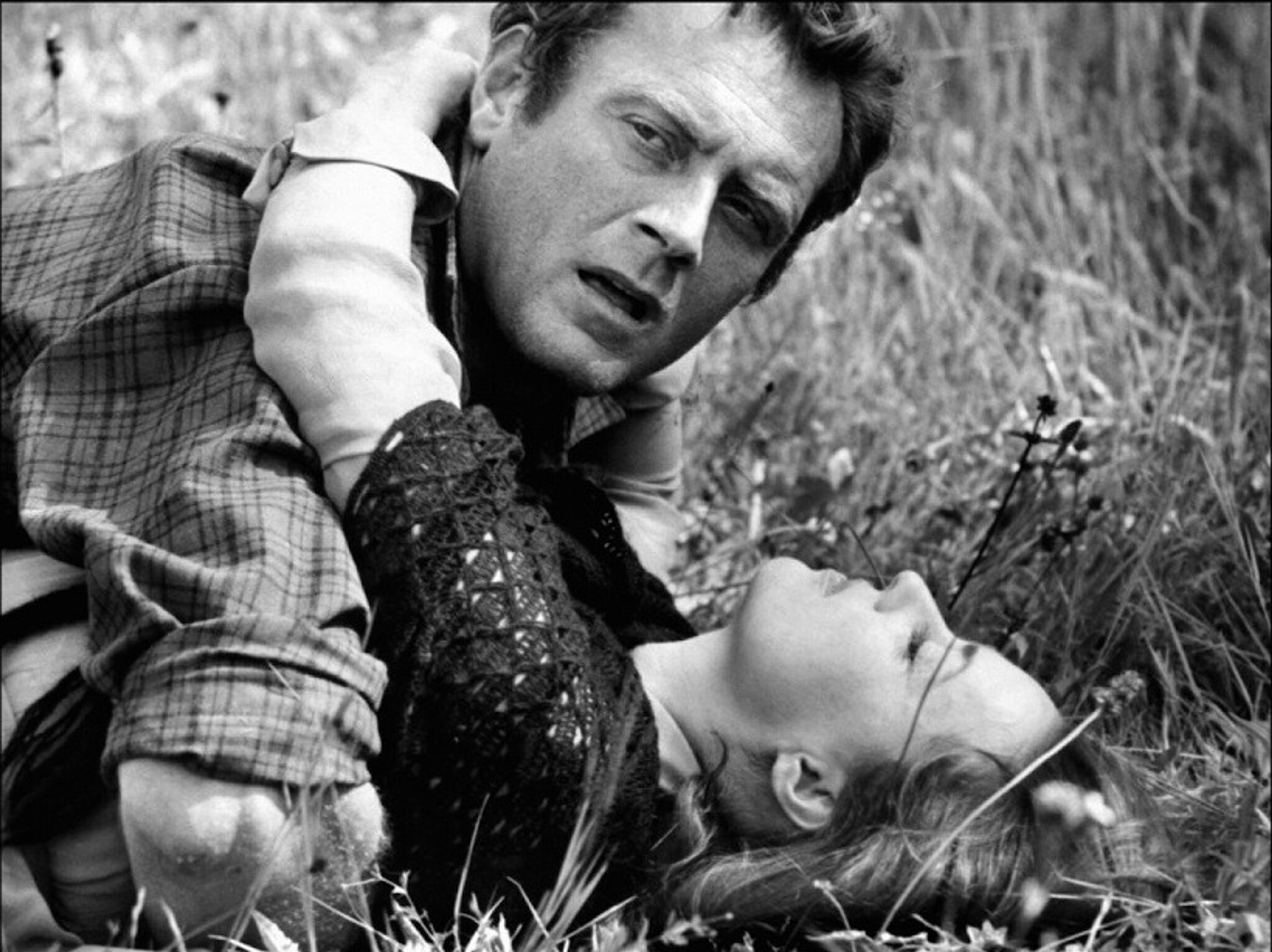

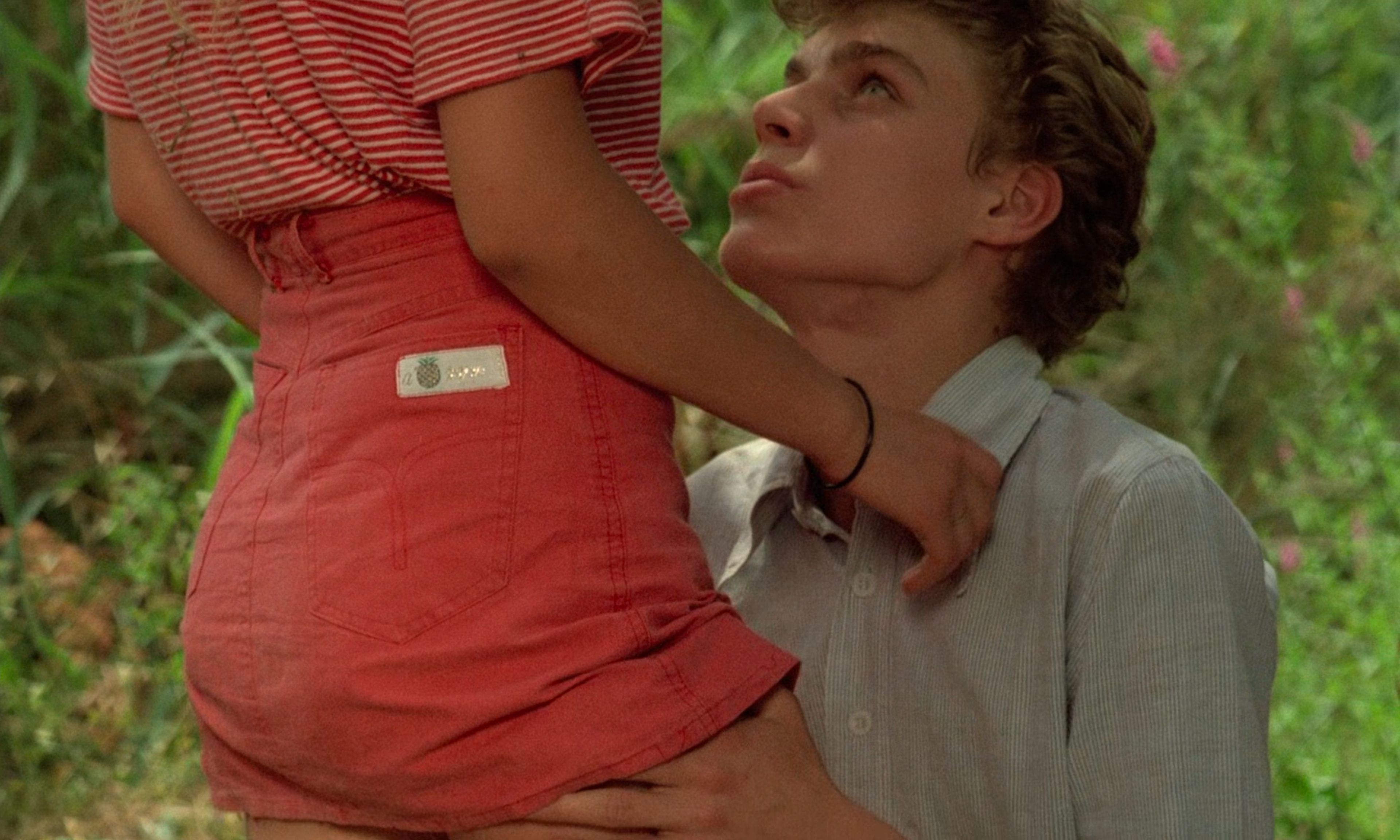
Featured Product
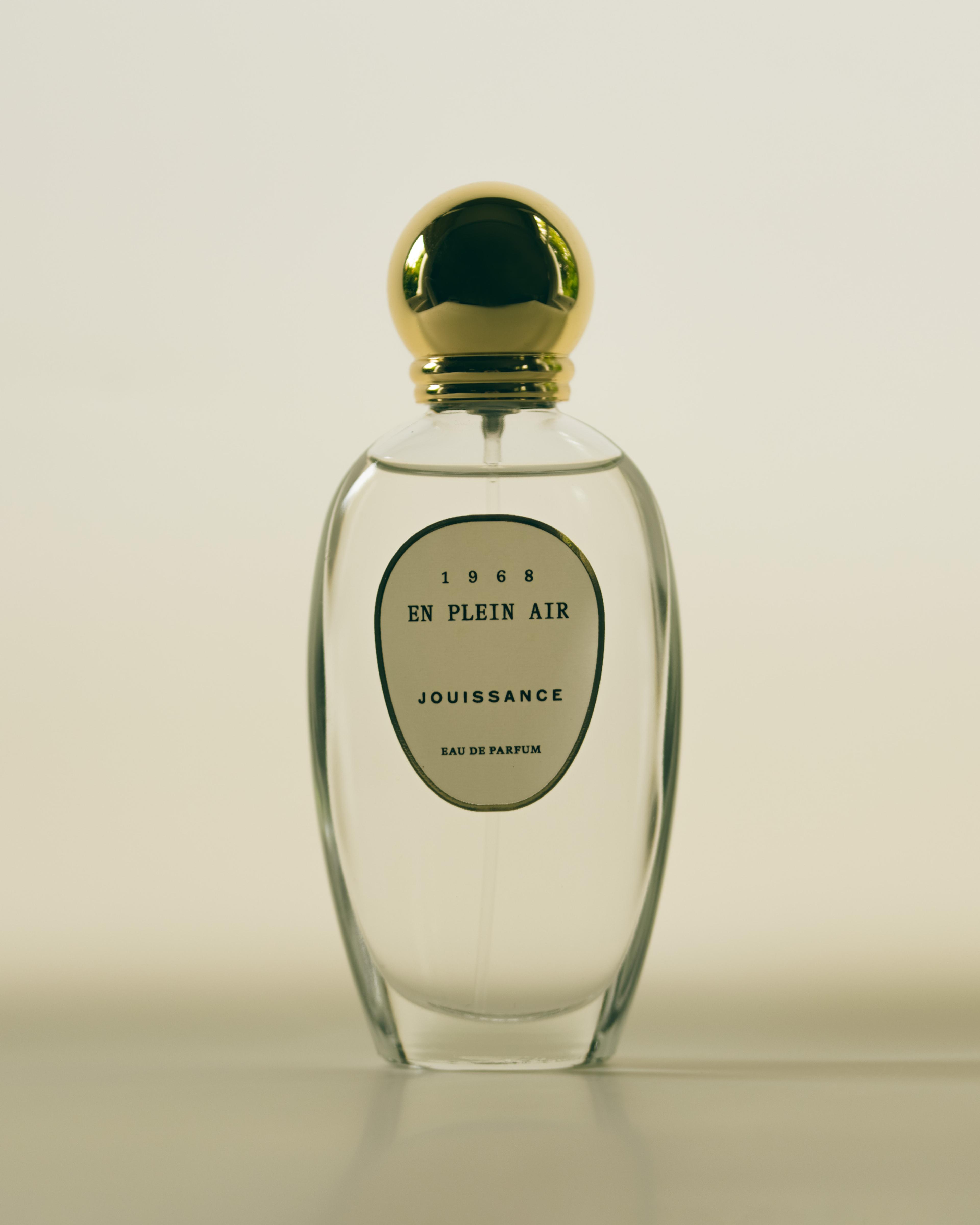
En Plein Air
Jouissance Diary
"It was while writing a Diary that I discovered how to capture living moments," Anaïs Nin wrote. "In the Diary I only wrote of what interested me genuinely, what I felt most strongly at the moment, and I found this fervour, this enthusiasm produced a vividness which often withered in the formal work. Improvisation, free association, obedience to mood, impulse, brought forth countless images, portraits, descriptions, impressionistic sketches, symphonic experiments, from which I could dip at any time for material."
In tribute to Anaïs Nin, one of our foremost inspirations for Jouissance, our DIARY captures our most treasured moments, our obsessions and preoccupations, our research and the lessons we learn, and the work of our cherished friends and collaborators.
Customer Care
Newsletter
We want to write you letters. Sign up to join our circle and receive 10% off a 50ml fragrance.
Jouissance London LTD Made in the UK
© 2024 Jouissance London Ltd. All rights reserved.